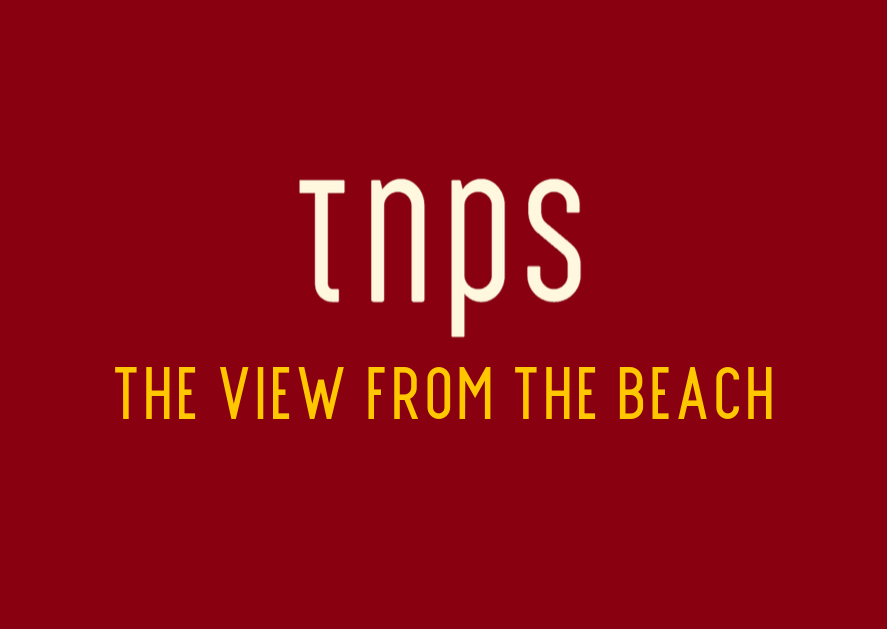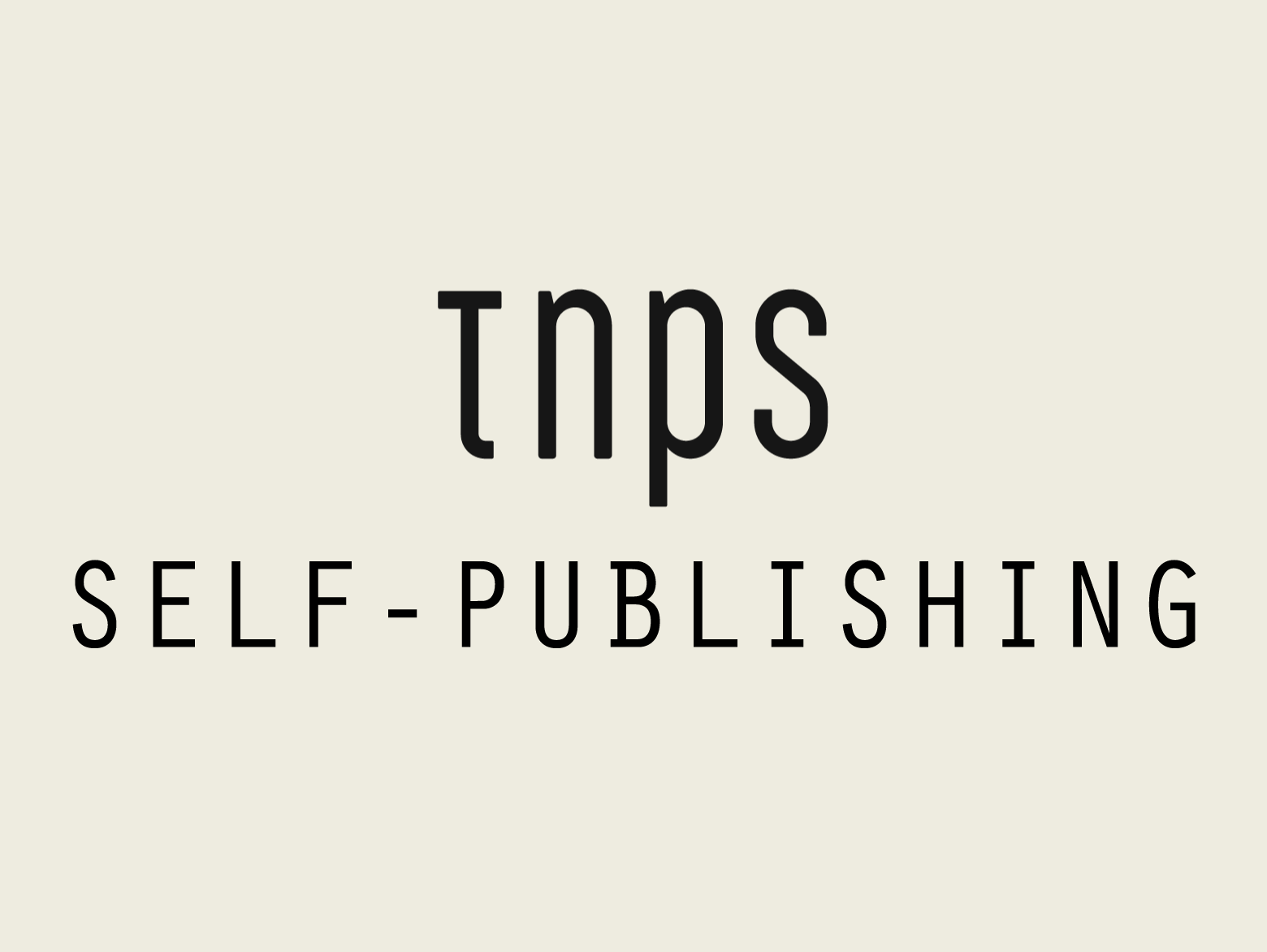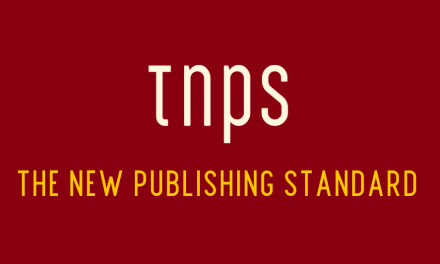Thus far the publishing industry has kept NFTs at a discreet distance, as it does with anything new and remotely digital, and while the success of the Pearson experiment won’t see a wholesale shift in this direction any time soon, this is the first time a publisher of such size and financial muscle has ventured into this arena.
Digital piracy? Barely a week goes by there is not some new publisher-commissioned study showing how pirate sites are costing publishers millions.
Most of it, of course, is nonsense.
Nielsen reported in 2017 that the US industry lost $315 million. In 2019 the Authors Guild conjured up a valuation of $300 million, and painted a problematic picture of the criminal in question. The typical US ebook pirates, it seems, are:
largely ordinary consumers, students and working professionals who access e-books from a wide range of digital sources, including online auction sites and via email from friends. The study highlighted the fact that 70% of illegal downloaders have either graduated from college or have a graduate degree. The most common age-range of an e-book pirate is between 30- and 44-years-old with a yearly household income between $60,000 and $99,000.
Yes, piracy is theft, etc, etc. The technical legal definition is not in dispute.
But this flies in the face of the notion that ebook piracy is all about nefarious websites operating out of unpronounceable countries ending in “-stan”, which of course is so much easier to milk public sympathy from.
Which member of the public has any sympathy for a publisher complaining because an ebook has been lent to a friend via email? Or bought from an online auction site?
After all the consumer can buy a secondhand printed book from the same online auction site and the publishing industry will say nothing. The consumer can borrow a printed book from a friend and the publishing industry will say nothing. Come to that the consumer can resell their print book, on Amazon, for example, and the publisher will say nothing.
This of course if because of the so-called First Sale Doctrine, which in essence states the author/publisher/copyright holder loses all claim to control the book as a product after the first sale. And the law appears to be pretty universal, and accepted by all.
Copying all or part of the book is quite another matter, but the original product legally purchased is resaleable as many times as consumer demand will bear.
And of course it’s not just Amazon but countless online secondhand book sellers and even more bricks and mortar stores that sell secondhand books by the millions day in day out, around the world.
How much do secondhand book sales cost the publishing industry? Well, we can likely safely discount the $24 billion cited by one market research press release, but on the other hand we have to realistically accept this is a beyond huge market that eats deeply into industry and author profits.
Or does it?
Here of course we enter into the realm of library-impact and suchlike. Put simply, do free at the point of use print books in public libraries cannibalise print sales or, as some research is adamant, boost print sales and add value to the industry?
The argument is not one I propose to settle, or even take sides on, here – the reality is we just don’t know. But we have to be open to the notion that if secondhand books do add value to the industry then so must pirate sites.
Pearson, to bring this back to the headline, believes the average print textbook is re-sold seven times, and of course the company and author only benefit from the first sale.
In CEO Andy Bird’s own words:
In the analogue world, a Pearson textbook was resold up to seven times, and we would only participate in the first sale (but) technology like blockchain and NFTs allows us to participate in every sale of that particular item as it goes through its life”.
Pearson of course introduced its digital textbook subscription app, Pearson+, in 2021.
Thus far the publishing industry has kept NFTs at a discreet distance, as it does with anything new and remotely digital, and while the success of the Pearson experiment won’t see a wholesale shift in this direction any time soon, this is the first time a publisher of such size and financial muscle has ventured into this arena.
Those elements of the industry that have risen above the print-good-digital bad mindset that prevailed in the last decade but one will be watching Pearson’s experiment with keen eyes and an open mind, and perhaps a little anxiety.
Because the front-line in this experiment is today’s students who will, if they find NFTs comfortable to deal with, come to expect and prefer all their content to be available in this way in the future.




